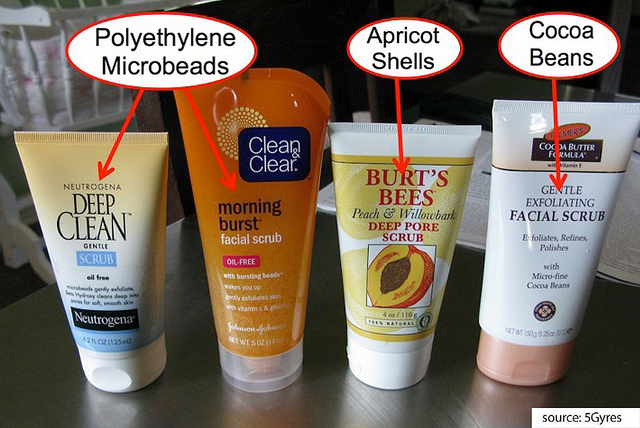It has only recently become clear that:
- Microbeads are used in hundreds of personal care products (including toothpaste, shaving cream, shower gel and exfoliating scrubs);
- A single product may contain thousands of microbeads;
- Microbeads could constitute up to 10% by volume of a single product;
- Sewage treatment facilities are not designed to filter these tiny microbeads from wastewater so some microbeads will still be present in effluent water leaving the treatment plant;
- Microbeads are found throughout the marine environment (from Lake Geneva to the North Pole);
- Microbeads will not biodegrade;
- They are ingested by various sea species;
- They can end up in the food chain;
- They attract persistent organic toxins (POPs);
- Natural, biodegradable and effective alternative ingredients such as ground nut shells and salt crystals are readily available
While manufacturers continue to use microbeads in their products, NGOs are raising the alarm. In 2011, the Dutch NGO, the North Sea Foundation, started writing to companies to ask them to stop using microbeads in their products as soon as possible. In many cases, the North Sea Foundation received evasive answers:
- Their products met strict safety standards;
- Their products are absolutely safe for consumer use;
- There are no legal restrictions preventing the use of microbeads;
- The presence of microbeads in oceans is attributed to the degradation of larger plastic debris;
- The relative contribution of their products to marine pollution is minimal;
- Sewage treatment plants filter all microbeads that are responsibly incinerated afterwards;
- It cannot be proven that the microplastics present in the oceans originated from their products.
None of the companies could substantiate their statements. Read more
